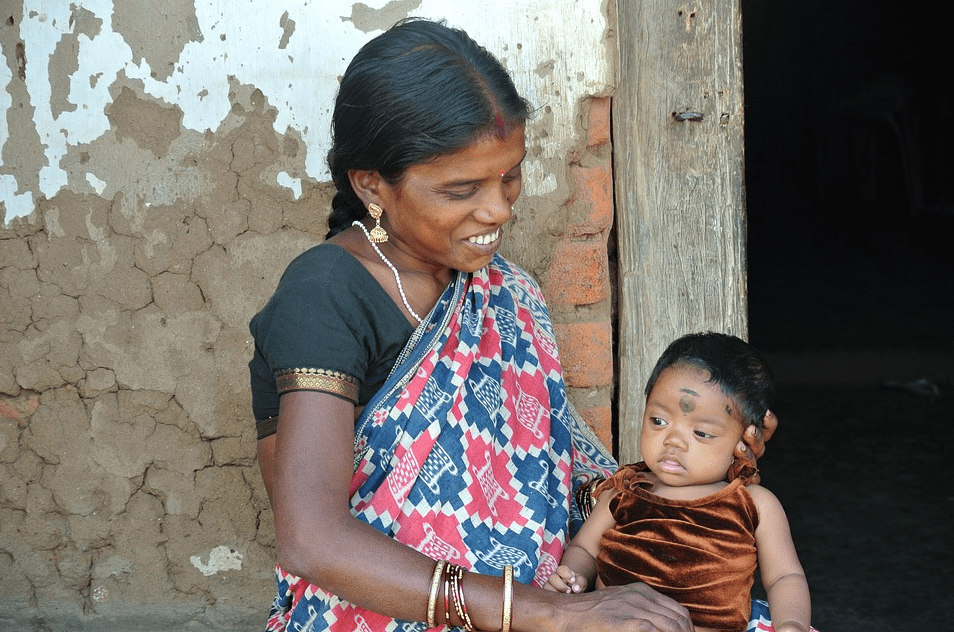January 29, 2018

Incentives to drive more antibiotic development, access and sustainable use. An assessment by the DRIVE-AB consortium makes key suggestions for driving antibiotic development while ensuring access and sustainable use. It recommends measures such as market entry rewards for newer classes of antibiotics, non-refundable research grants, governmental or non-profit pipeline coordinators that identify and fill gaps in the global antibiotic pipeline, and long-term funding for a predictable supply of generic antibiotics. These incentives would also carry mandatory provisions to ensure equitable access at the global level and preserving long-term effectiveness of the drugs. CDDEP Director Ramanan Laxminarayan and colleagues are contributors to the report. [DRIVE-AB report]
Better nutrition for mothers and children improves school completion and wages later in life. A study by CDDEP researchers and colleagues found that in later life those adults who had been provided with nutritional supplements were nine percent more likely to have completed secondary school and five percent more likely to be employed or in higher education. The study was conducted in the context of a randomized trial conducted between 1987 and 1990, in twenty-nine villages near Hyderabad, in India. Women with access to nutritional provision were seven percent less likely to be married by age 20-25. [Journal of Nutrition, New Indian Express]
New index ranks companies in the fight against AMR. An independent analysis by the Netherlands-based Access to Medicine Foundation based on self-reported data by 30 leading pharma companies, biotech firms, and generic drug makers ranks GlaxoSmithKline and Johnson & Johnson highest in making a contribution to combatting antimicrobial resistance. The report notes a sharp decline since 2000 in the number of new antibiotics under development. [Antimicrobial Resistant Benchmark 2018 report, Science, The Guardian]
Creation of synthetic horsepox virus draws global criticism. Researchers at the University of Alberta in Canada have created a synthetic horsepox virus, reconstructed and manufactured entirely by synthetic methods; the researchers used published genome sequences and DNA fragments to create the virus. The authors argue that the recreation of the horsepox virus could lead to the development of a more effective smallpox vaccine and claim that the discovery demonstrates that techniques using synthetic DNA can be used for the advancement of public health measures. The study drew criticism from global biosecurity experts, however, stirring up controversy on dual-use research (studies whose results can be used for both benefit and harm). [Plos One, Science, CIDRAP]
Flu vaccine can cut TB risk. A large study of elderly people in Taiwan has found that flu vaccination reduced the risk of tuberculosis (TB) infection by eighteen percent. Earlier studies have hinted that flu vaccination might protect against a range of pathogens. The findings reported in Emerging Infectious Diseases support the expansion of flu vaccine provision to the elderly population to prevent TB infections. [Emerging Infectious Diseases]
1918 flu pandemic hit both rich and poor. According to a study in Influenza and Other Respiratory Viruses, the first wave of the 1918-19 flu pandemic affected poor people more, specifically in Bergen, Norway, whereas the second wave hit the rich harder. A researcher in Norway analyzed the data from household surveys of more than 10,000 Bergen citizens during the three waves of the pandemic. The analysis found that men had the highest incidence of influenza-like illnesses (ILI) in the summer, while women had the highest incidence of ILI in the fall. The investigator found no socioeconomic or sex differences in ILI during the winter 1919 wave. [Influenza and Other Respiratory Viruses]
Funding issues force CDC to curtail efforts in thirty-nine countries. The US Centers for Disease Control and Prevention (CDC) plan to scale back or discontinue work in thirty-nine countries due to an expected funding cut. As part of the global health security agenda, the CDC currently works in forty-nine countries to prevent infectious-disease epidemics and other health threats. [WSJ]
Mother-daughter team of polio vaccinators shot dead in Pakistan. Two gunmen assassinated a mother and daughter in Pakistan for providing vaccinations. The murders on January 18th 2018 were among many instances in recent years in which militants have attacked vaccinators. Pakistani authorities have stepped up protection for polio teams as eradication drives continue in the country. [NY Times, BBC]
AMR genes detected on International Space Station. Common antimicrobial resistance (AMR) genes have been identified in samples from the International Space Station (ISS), according to a study in Nature. The researchers analyzed samples from eight different locations on the ISS for resistance to several antibiotics. Enterobacter bugandensis strains were found to be resistant to all nine antibiotics tested, whereas Staphylococcus haemolyticus was resistant to none. The collection of samples from the space station contained a total of 123 AMR genes, with genes responsible for resistance to beta-lactam and trimethoprim found to be the most common and abundant. [Nature]











